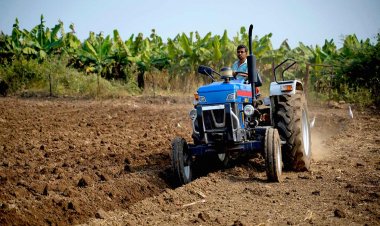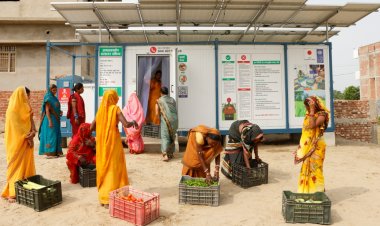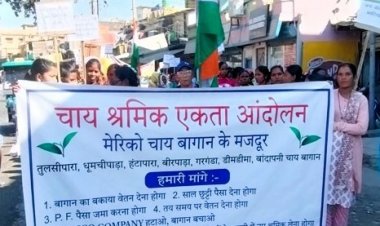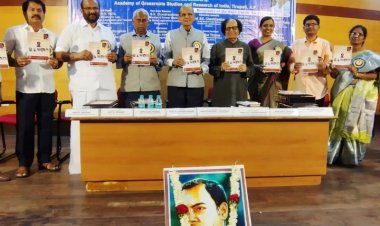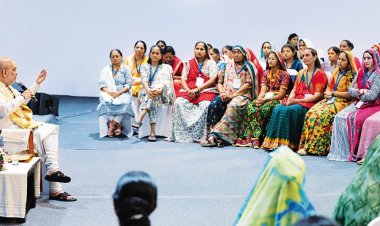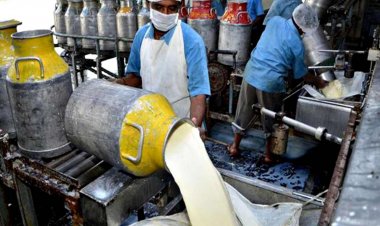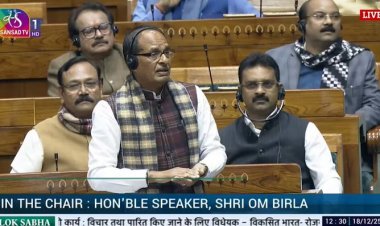Caste dimension of Budget 2022-23
The Budget proposals are inclined to benefit the higher-income groups. It appears that those who are on the margins may be further marginalized.
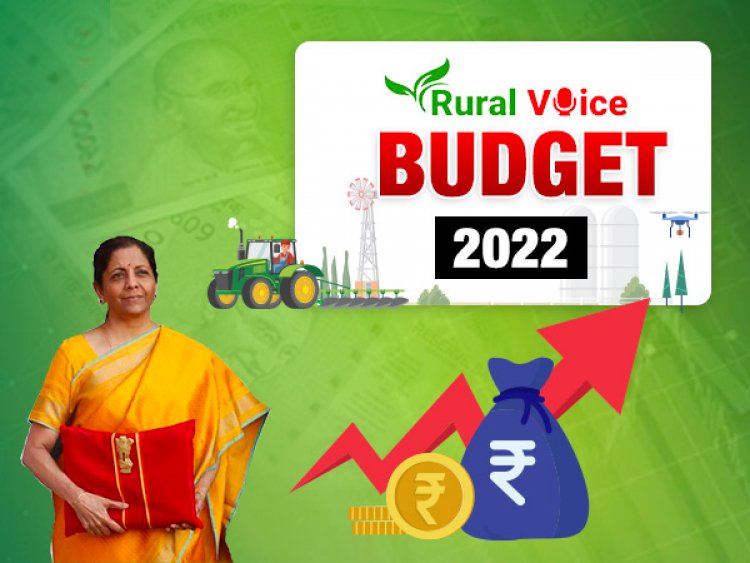
The Budget for the year 2022-23 was presented by the Finance Minister in the Parliament on February 1, 2022. It focuses on infrastructure development, which in due course would induce growth in the economy. There are cheers like increase in the GST revenue as compared to the previous year.
In this article, however, the budget proposals have been examined from a caste perspective. To analyze from this perspective, the findings of three recently released reports have to be taken into account. The first is the Inequality Report of Oxfam International, which says that economic inequality has increased across the world, including India. The second is the Global Multidimensional Poverty Index (GMPI) and the third is the All India Debt and Investment Survey (AIDIS). The GMPI reveals that five out of six people are living in multidimensional poverty in India. Poverty levels were the highest among the Scheduled Tribes or STs (50.6%), followed by the Scheduled Castes or SCs (33.3%) and the Other Backward Classes or OBCs (27.2%), whereas the poverty levels among Others (other than STs, SCs and OBCs) was the lowest (15.6%). The AIDIS findings denote that the assets held by the STs, SCs and OBCs are disproportionate as compared to those held by Others. Reports put the facts to fore that these disadvantaged groups continue to be deprived.
Let us examine the proposals with regard to rural development and rural governance in the countryside in this perspective because the rural development programmes are meant for disadvantaged groups. The Mahatma Gandhi National Rural Employment Guarantee Scheme (MGNREGA) is one the flagship programmes of the Government of India aimed at providing 100 days of employment guarantee in a year for job-seeker households in rural areas. This programme is implemented by the Panchayats across the country. Most of the beneficiaries are marginalized groups in rural areas.
Now, there has been a 25 per cent reduction in the budget allocation for MGNREGA for 2022-23 as compared to the Revised Estimates of the year 2021-22. It is interesting to note that the People’s Action for Employment Guarantee (PAEG) has estimated that approximately Rs 2,64,000 crore will be needed to guarantee 100 days’ work for the currently active job cards. The budget allocation for 2022-23 at Rs 73,000 crore is merely 28 per cent of the estimates of PAEG.
Studies reveal that this scheme has been benefiting STs, SCs, OBCs and Others not only in employment generation but also in individual asset generation. The less allocation for it would further deprive the disadvantaged of more benefits under the scheme. Besides, what adds insult to injury is that the landless have not been getting benefits for asset creation under the programme. The landless are mostly STs, SCs and OBCs. These sections have to be given priority for social justice. Even the 5th Common Review Mission, 2019, of the Ministry of Rural Development (MoRD) suggested that the creation of assets among the landless needs to be taken up on a priority. The Mission has also suggested undertaking a study for the revision of wages and finding out the reason for person-days per household being less than half of their entitlement. Hence, in view of the existence of higher poverty among special groups and the creation of individual assets, more funds might have been allocated in the budget under MGNREGA.
The National Rural Livelihood Mission — Aajeevika is a self-employment programme under which Self Help Groups (SHGs) are formed and micro-enterprises are taken up at the local level. The allocation for it for the year 2022-23 has been reduced by 2.50 per cent as compared to the budget allocation for it last year. Further, the revised allocation for the year 2021-22 has also been reduced to more than 14 per cent as compared to the budget allocation for the same year. This shows that the process issues in the implementation of the programme, where women from the weaker sections are members of the SHGs, were not addressed properly.
The Shyama Prasad Mukherjee Rurban Mission (SPMRM) is a unique programme designed to deliver catalytic interventions in rural areas on the threshold of growth. Under this innovative mission, 300 Rurban Clusters with thematic growth points are being developed across the country. The programme is very important for the holistic development of selected clusters. For this programme, not only has the budget allocation for the year 2022-23 been reduced to 8.33 per cent as compared to that for 2021-22 but also as much as 37.5 per cent funds have been reduced in the Revised Estimates for the year 2021-22. This indicates that the programme has not been implemented properly in the field. It is again a blow to the holistic development of the selected clusters of the Mission.
One of the reasons why allocations have not been utilized fully is inadequate planning machinery. In other words, the processes of the programmes need to be strengthened for the desired outcomes. In this context, it may be mentioned that there is a centrally sponsored scheme Management Support to Rural Development Programmes and Strengthening District Planning Process, which is being implemented by the MoRD. Not only has the budget allocation for it for the year 2022-23 been reduced to 42 per cent as compared to that for 2021-22 but also the revised allocation for 2021-22 has been reduced to 52 per cent as compared to the budget allocation for the same year. This should have been addressed suitably in the budget allocation for the year 2022-23.
Now let me comment on the proposals of the Ministry of Panchayati Raj (MoPR). It may be mentioned here that almost all the schemes/programmes of rural development are being funded by the MoRD and they are mostly being implemented by the Panchayats. Hence, in this case, the issue of governance at the Panchayat level becomes important. There are about 2.5 lakh Panchayats across the country in which more than 30 lakh elected representatives are working either as president or as member. Most of them are STs, SCs and women. The MoPR’s budget allocation for the year 2022-23 is Rs 868.57 crore, which is 5 per cent less than the budget allocation for the year 2021-22. The revised allocation for the year 2021-22 has also come down by about 5 per cent of the budget allocation for the same year. Thus, with regard to MoPR, it is business as usual in the Budget. Empowering the Panchayats for people’s participation is not in focus at all.
The Finance Minister has rolled out several measures, including setting up a high-level committee of experts like urban planners, urban economists, and institutions to make recommendations on urban sector policies, capacity building, planning implementation and governance. Rural planning/spatial planning and governance issues are nowhere in the Budget. Needless to say, the bulk of our people live in rural areas. It seems that in addition to caste, the rural-urban divide has also been brought in this case.
What was supposed to be proposed in the budget allocation? Sufficient funds for the effective implementation of Rural Areas Development Plan Formulation and Implementation (RADPFI) Guidelines, announced by the Minister for Panchayati Raj on January 20, 2022? Broadly, these guidelines are for the formulation of a master plan of the Gram Panchayats. The Finance Minister in her speech used the words “cooperative federalism” perhaps three times, but there was no mention of Panchayati Raj Institutions, which are constitutional bodies and rural local government.
To conclude, the Budget proposals are inclined to benefit the higher-income groups. It appears that those who are on the margins may be further marginalized.
(The author is a former officer of the Indian Economic Service and President, Karpa Foundation. The views expressed here are his own.)



 Join the RuralVoice whatsapp group
Join the RuralVoice whatsapp group

















